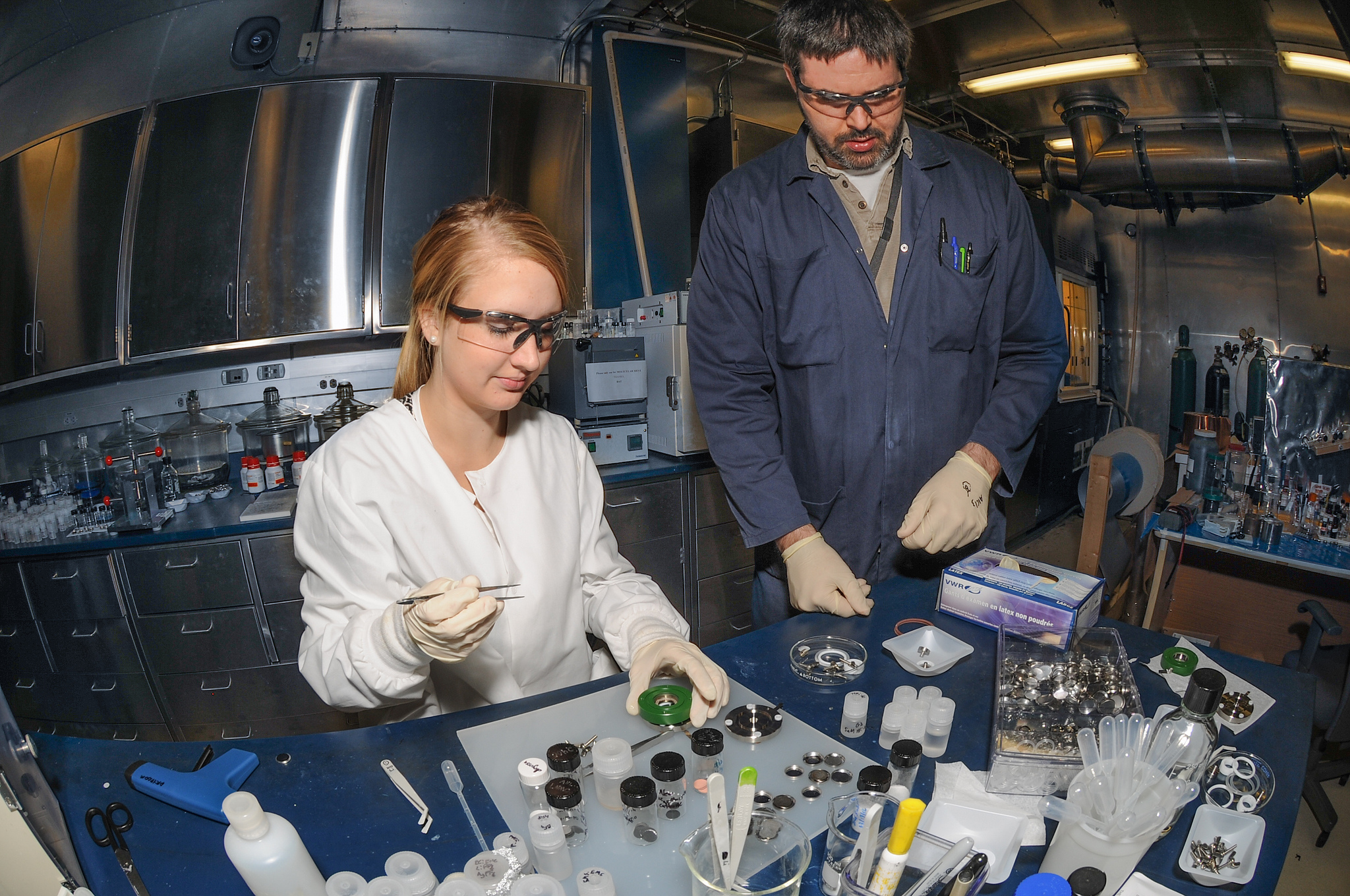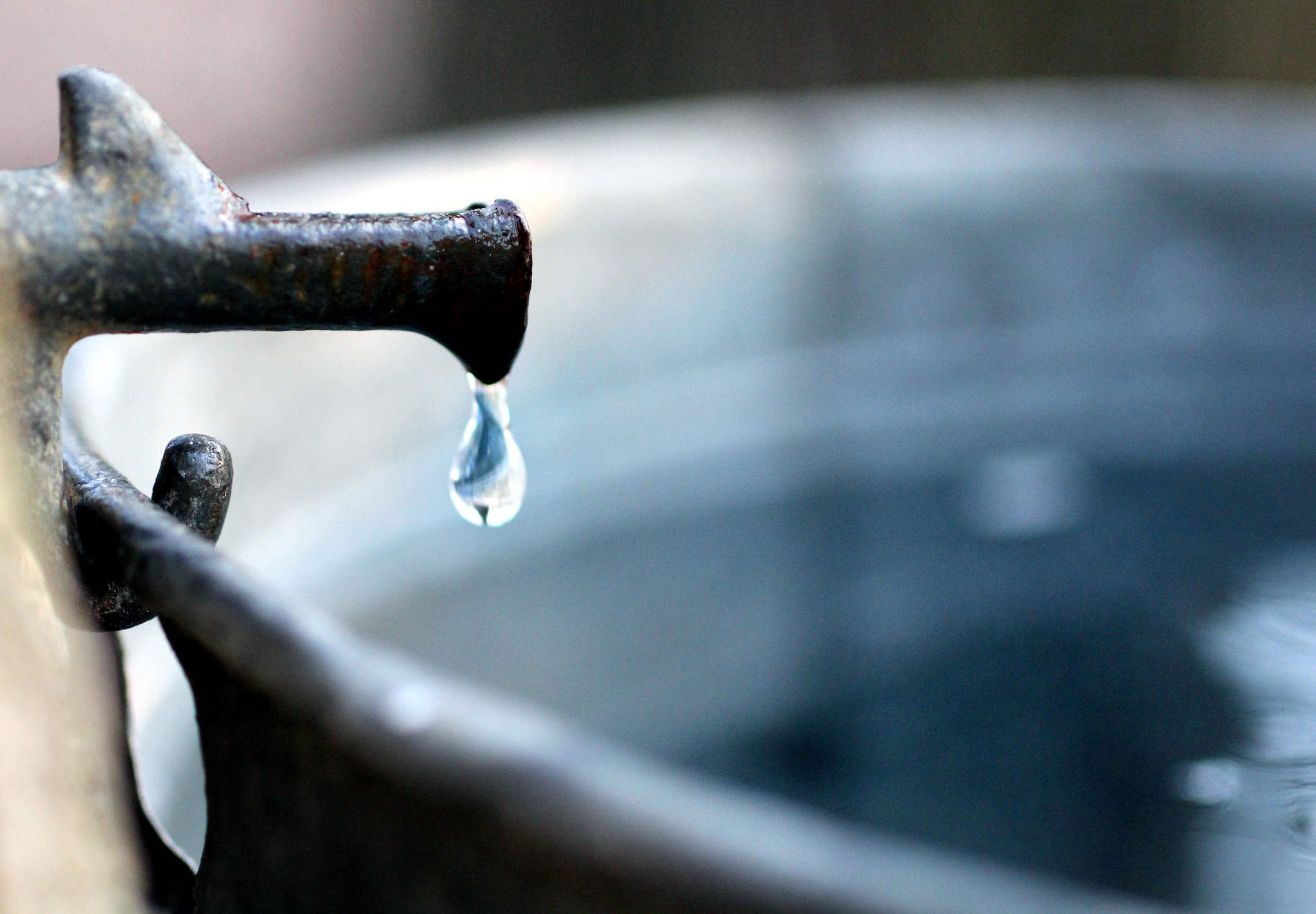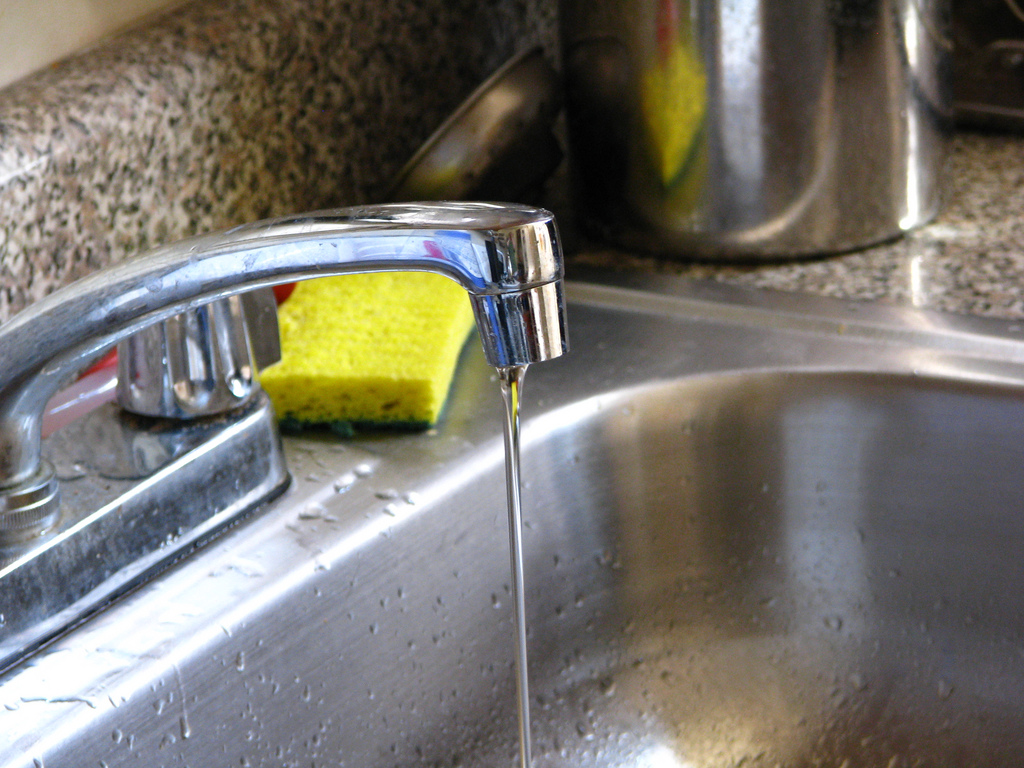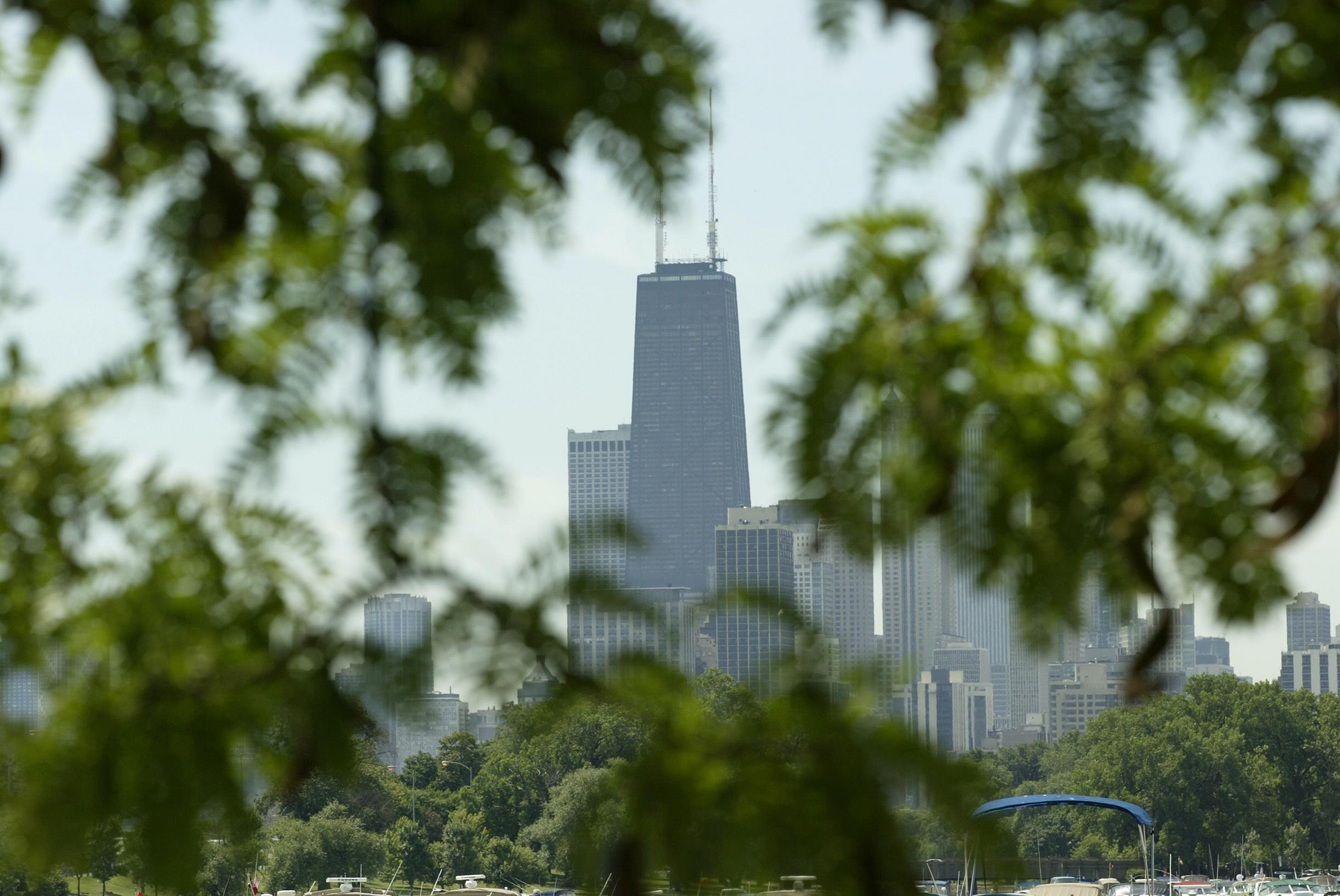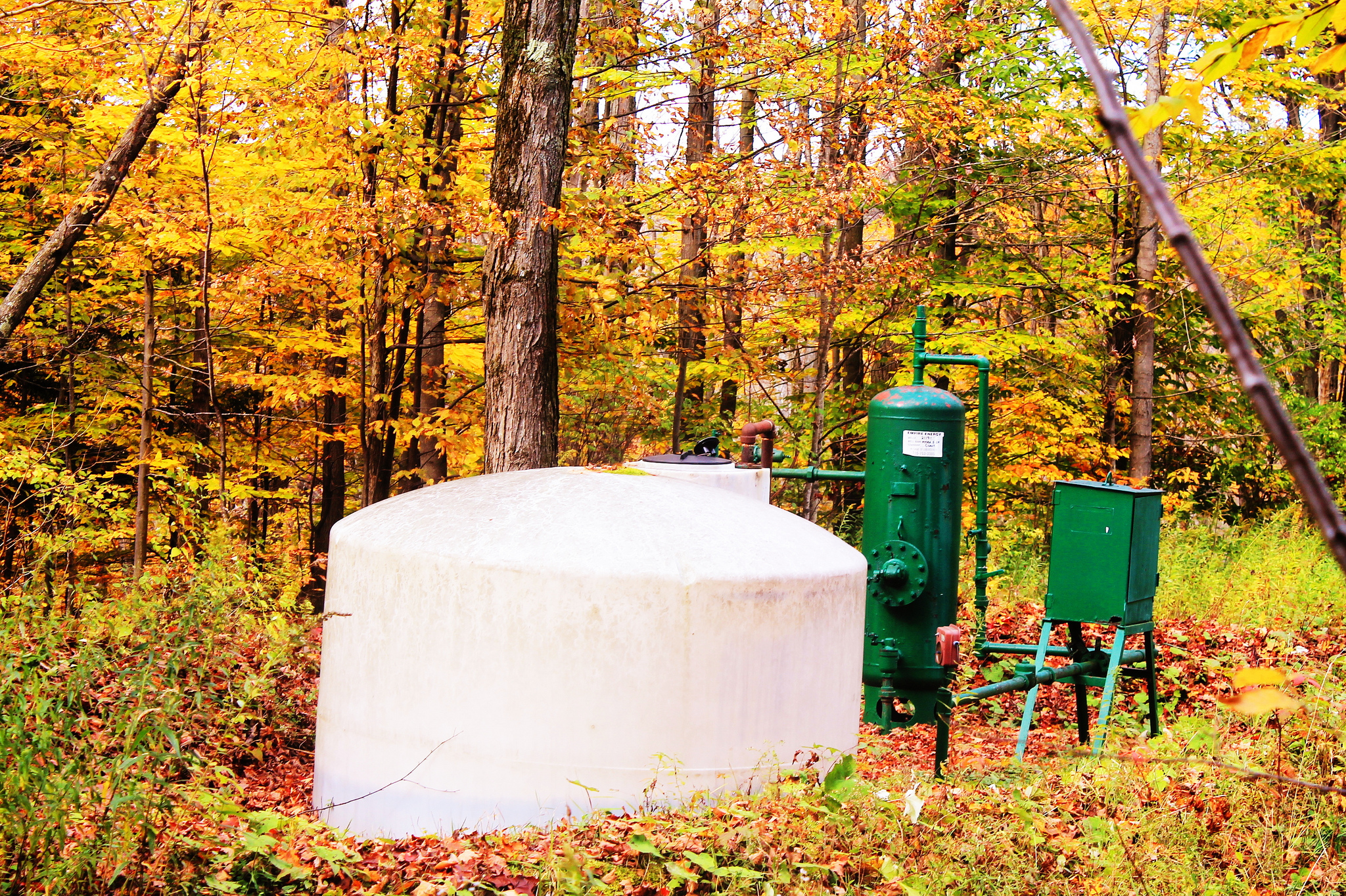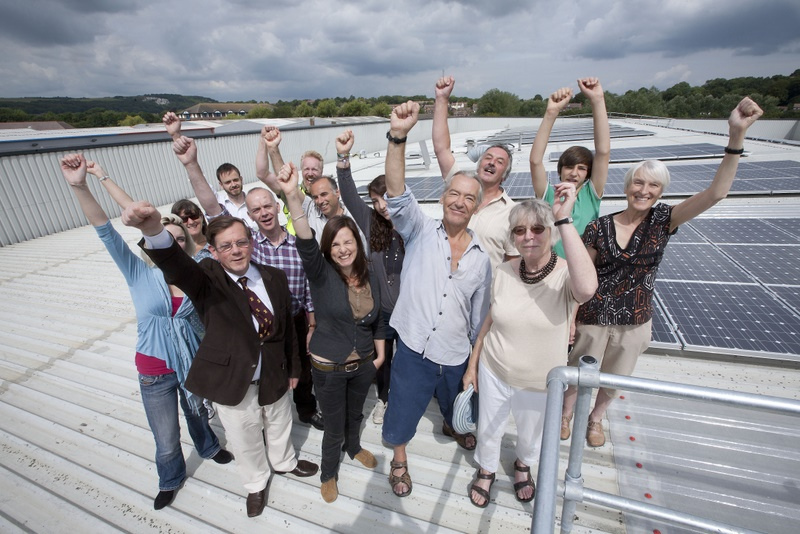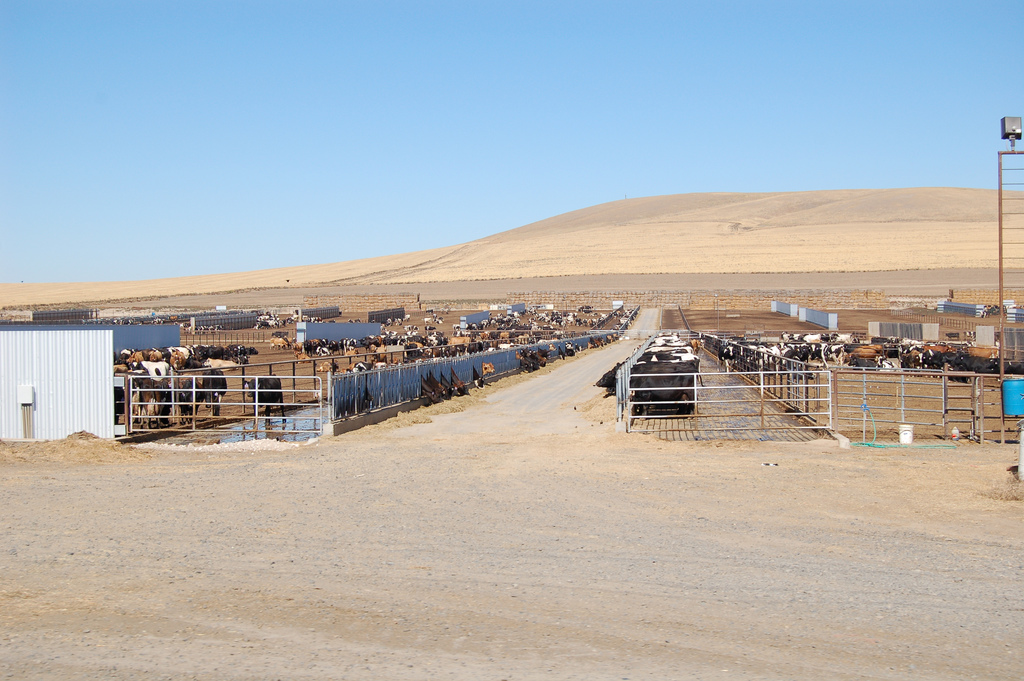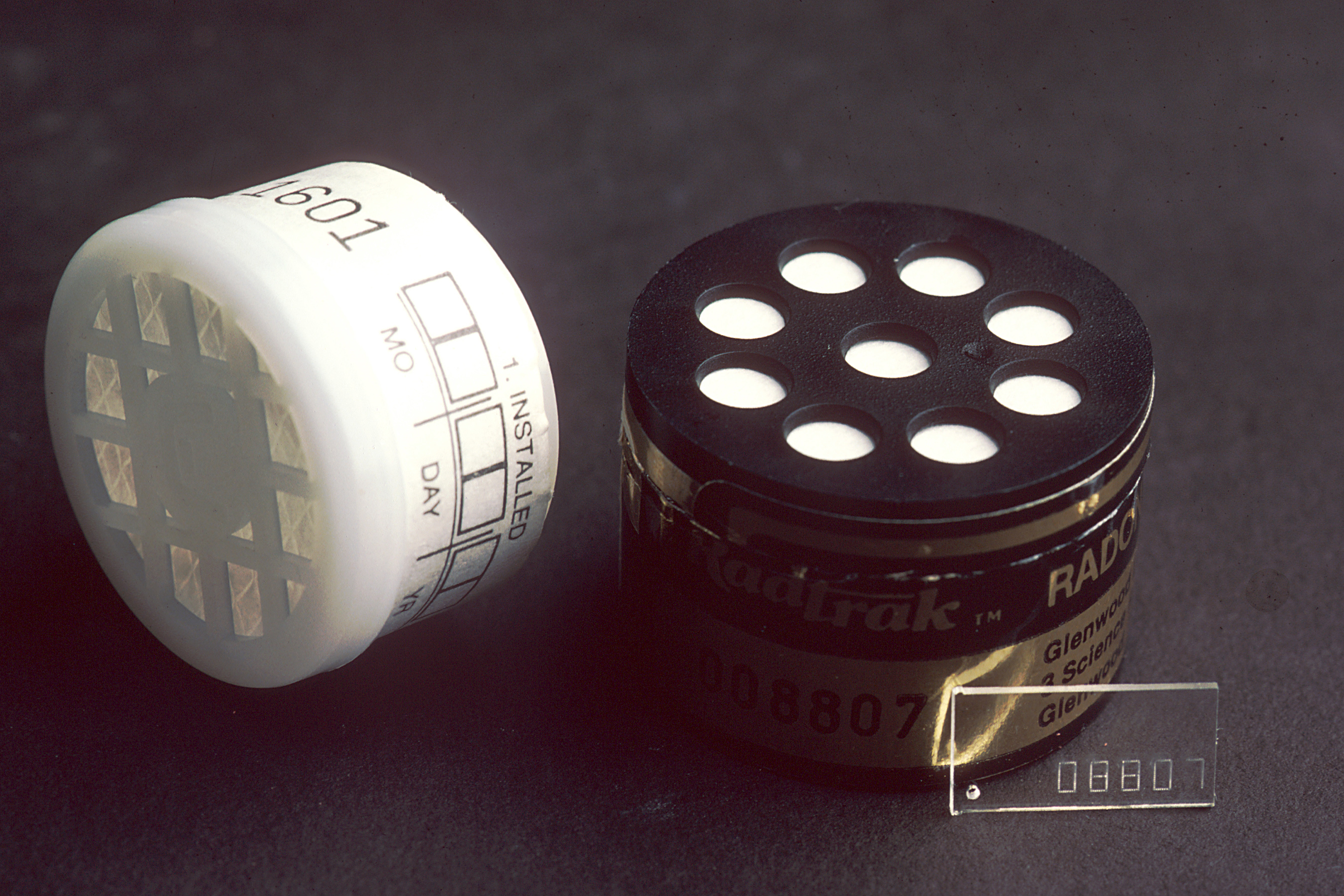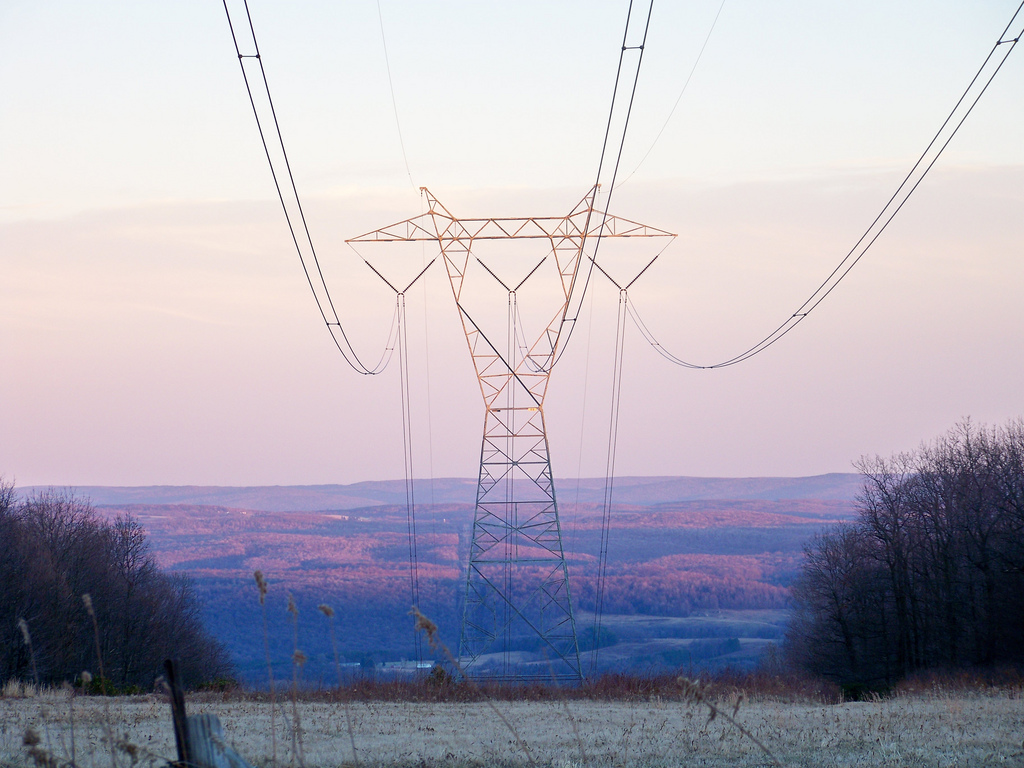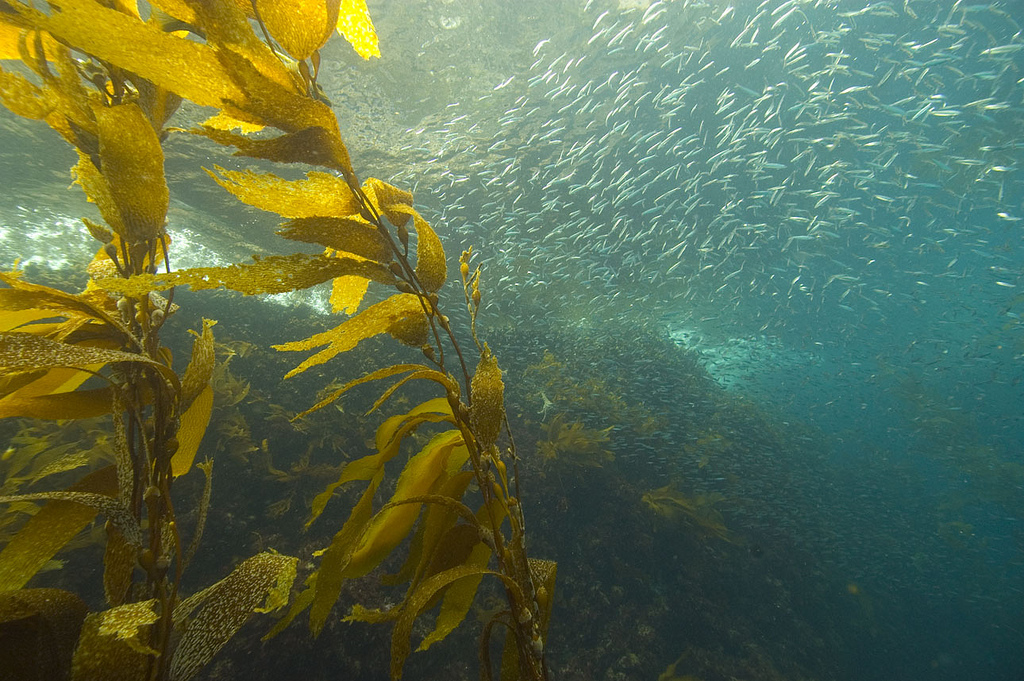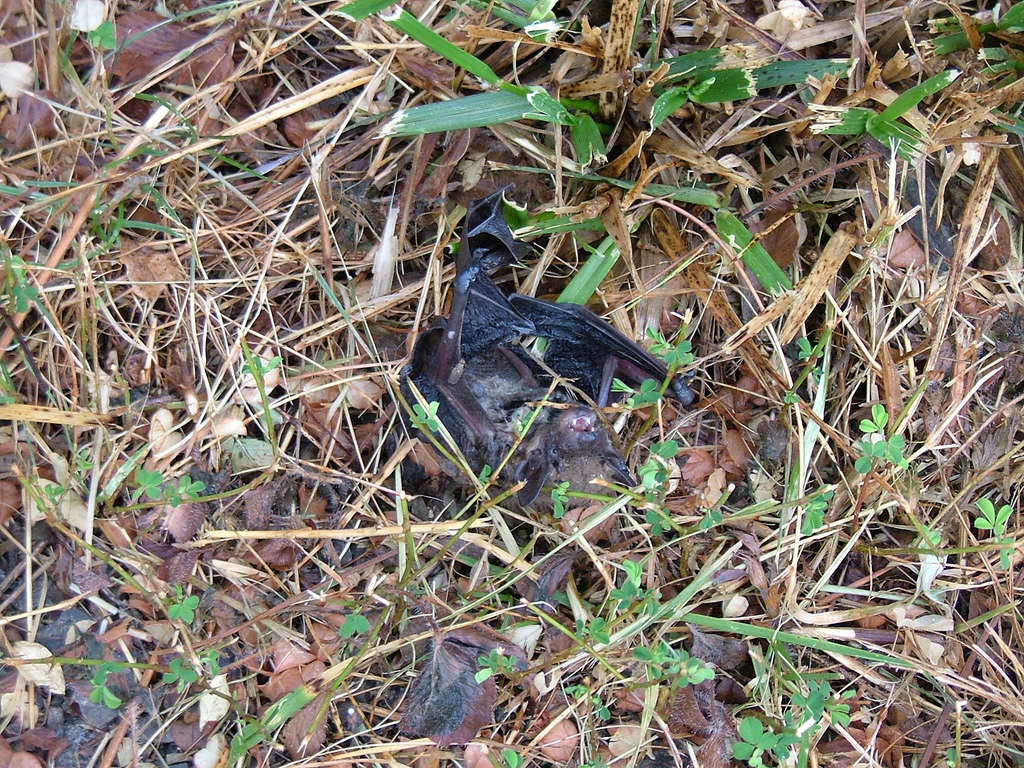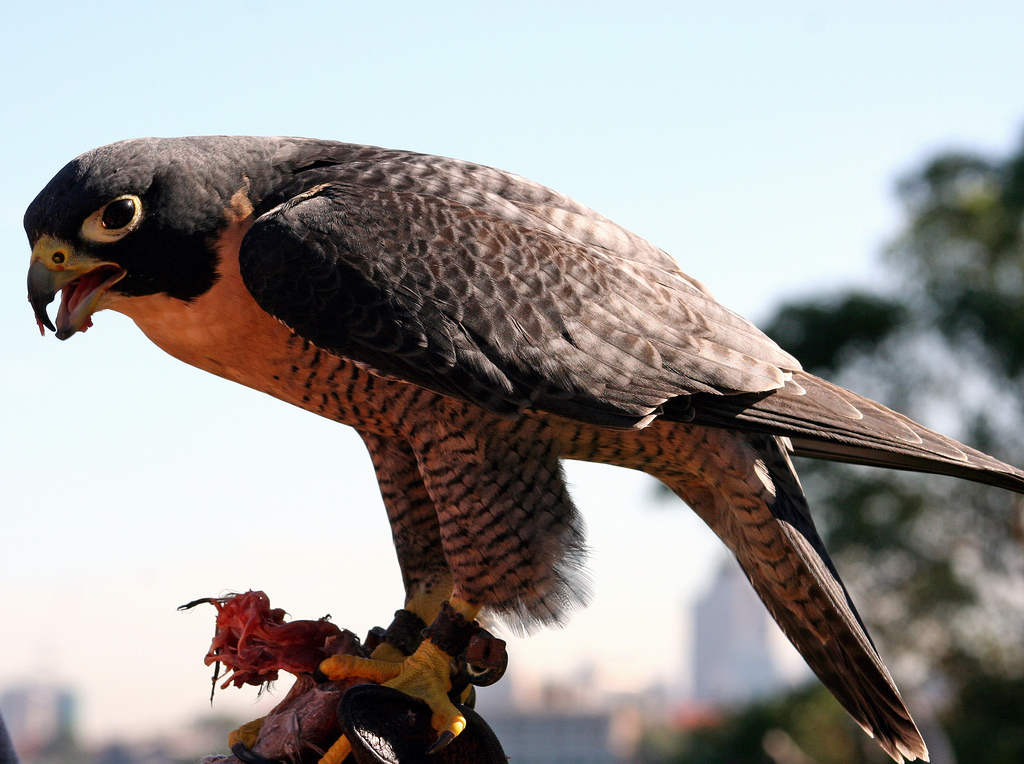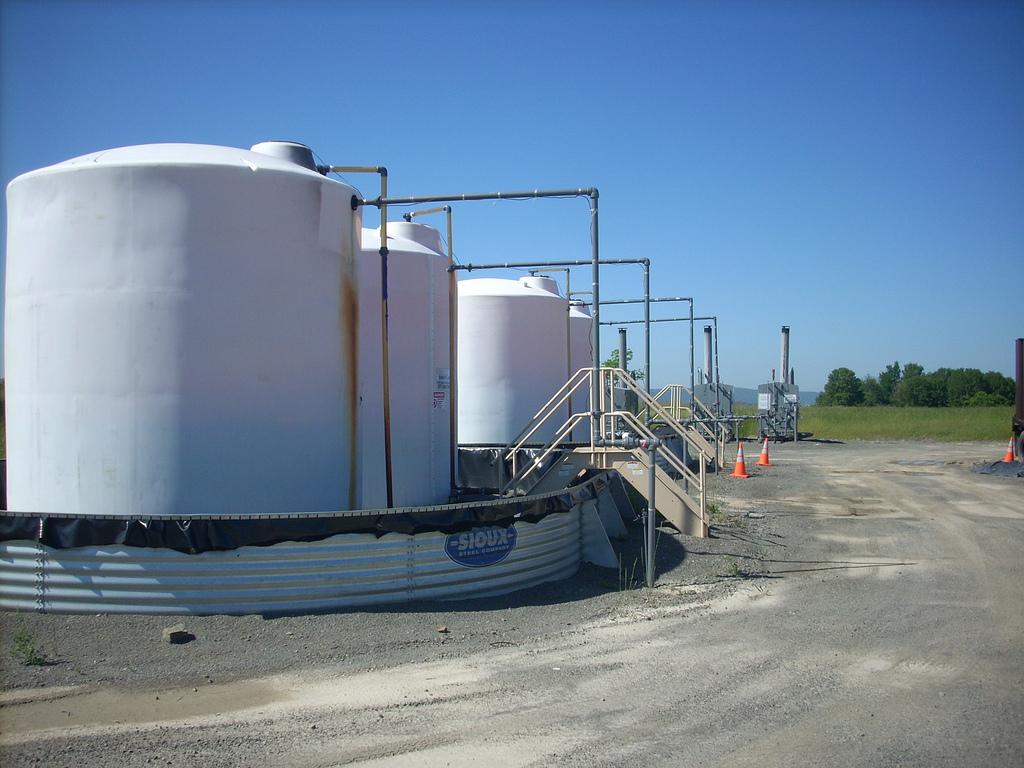Sustainable Living
A Tale Of Syrup And Seeds
For decades, maple syrup producers have looked to the weather to gauge sap yields. But new research reveals a more valuable prediction tool: the number of seed helicopters that rained down from sugar maple trees in the fall.
Geoengineering: Not A Quick Fix
Geoengineering – the deliberate, large-scale intervention in the Earth’s climate system – is the subject of continuing speculation by researchers from many disciplines. The notion is that if our efforts to combat climate change by reducing greenhouse gas emissions are too little or too late, we may have to try to change the climate deliberately.
Using Less Water
According a new report from the US Geological Survey, water use across the country has reached its lowest level in 45 years. This reflects positive trends in conservation achieved by improved water-use technologies and water management.
A Boom In Energy Storage
Wind and solar power are growing by leaps and bounds. Both are playing an increasingly large role in the electricity grid. But as their roles increase, so does a troublesome vulnerability: utilities cannot control when the sun shines or the wind blows. So how can we become dependent on wind and solar power?
An App Called i-Tree
There are computerized applications for just about everything – from tracking our finances to planting a vegetable garden. So it should come as no surprise that there are even apps that aid in the conservation, management, and understanding of urban forests.
Dangerous Air Near Oil And Gas Sites
A peer-reviewed study recently published in the journal Environmental Health looked at the air quality near natural gas wells in five states: Arkansas, Colorado, Ohio, Pennsylvania, and Wyoming. In 40 percent of the air samples, laboratory tests found benzene, formaldehyde and other toxic substances at levels above what the federal government considers safe for brief or long-term exposure. In some cases, the levels were far above the safe standards.
Increasing Solar Grid Parity
Oil prices have come down dramatically. Gasoline is suddenly cheaper than it has been in a long time. Historically, every time fossil fuels get cheaper for a while, people lose interest in alternatives like solar energy. That may be about to change.
What Is The Carbon Limit?
A central issue in dealing with climate change is determining how much carbon we can emit into the atmosphere before global temperatures increase too much. How much is too much? Most experts think that if average temperatures increase by more than 2 degrees Celsius (3.6 degrees Fahrenheit), the consequences will be severe and irreversible.
Deep Sea Carbon Dioxide Storage
The Southern Ocean plays an important role in the exchange of carbon dioxide between the atmosphere and the ocean. One important part of this is the growth of phytoplankton, which act like a natural sponge for carbon dioxide. When these plankton die, they can sink to the bottom of the ocean and thereby store some of the carbon dioxide that they have absorbed. This process has been termed a “biological carbon pump.”
Community Solar
There is no question that solar power is booming in the US. According to industry estimates, a new solar energy system is installed every 2 ½ minutes. Surveys indicate that that 9 out of 10 Americans want to make use of the sun’s energy.
Same Fish, Different Story
The Atlantic cod has long been a mainstay of the fishing industry. However, the cod fishing grounds of North America have either been depleted or completely wiped out by overfishing and poor management. In New England, stocks are at record lows. In the Canadian Maritimes, the cod population succumbed to overfishing long ago.
Storing Wind Energy With Batteries
The growing use of solar and wind power is driving a growing need for large-scale energy storage technology. There are many ways to store energy ranging from pumping water into an elevated reservoir to storing compressed air in caverns to a wide range of battery technologies.
Factory Farms And Super Germs
Nearly 80% of the antibiotics sold in the United States are fed to livestock and poultry in an effort to encourage growth and stave-off unsanitary conditions. This chronic exposure leads certain bacteria to develop antibiotic resistance, resulting in dangerous and difficult-to-treat staph infections, like MRSA.
Radon
Radon is a cancer-causing, radioactive gas. It is invisible, has no smell or taste, and is the second leading cause of lung cancer in the United States causing an estimated 20,000 deaths per year.
Electric Power Rights Of Way
The US has over 20 million acres of rights-of-way for electrical transmission lines and pipelines. These corridors are typically 150 feet wide and go on for hundreds of miles through our countryside. Generally speaking, they are thought of as a blight on the landscape.
Fuel From Seaweed
Biofuel is considered to be a promising way to shift our energy needs to sustainable and climate-neutral sources. Replacing petroleum with fuels made from crops or other plants basically recycles CO2. The plants absorb it as they grow and release it when they are burned.
Bats And Wind Turbines
Large numbers of bats are being found dead beneath wind turbines, leading researchers to believe they may be mistaking the turbines for trees.
Citizen Scientists Help Gauge Conservation Success
In the 1970s, the world’s fastest bird – the peregrine falcon – was nearing extinction in North America. The culprit: the toxic legacy of DDT. The widely used pesticide caused the birds to suffer reproductive problems, and their numbers plummeted.
[Read more…] about Citizen Scientists Help Gauge Conservation Success
Will Natural Gas Help Reduce Carbon Emissions?
The US is in the midst of a transition from depending upon coal for generating electricity to the use of natural gas instead. This has been driven in great part by the boom in shale gas and the widespread use of fracking technology.
[Read more…] about Will Natural Gas Help Reduce Carbon Emissions?
